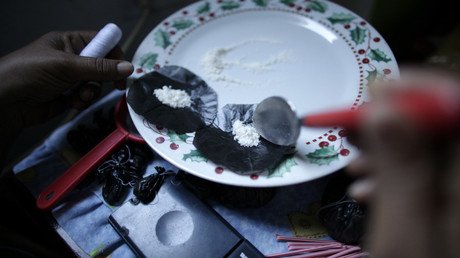Hairy situation! Sexually transmitted infections spread by pubic waxing, warn doctors

Pubic hair grooming could be putting people at greater risk of sexually-transmitted infections (STIs), doctors warn.
It’s not just that shaving, waxing and trimming can leave small tears in the skin, which make for fertile grounds for diseases. Groomers were also found to be more sexually active than the less preened.
Research published in the British Medical Journal (BMJ) showed that people who go to greater lengths to trim or remove their pubic hair are 80 percent more likely to have an STI.
Of the 7,580 American adults whom researchers interviewed, three-quarters admitted to personal grooming. The number was higher among women, of which 84 percent reportedly removed their pubic hair compared to 66 percent of men.
More than 20 percent of the groomers defined their habits as ‘high-frequency’ grooming, with shaving or trimming taking place daily or weekly. A lower 17 percent were described as ‘extreme’ – removing all hair through shaving or waxing at least once a month.
Of those quizzed, 13 percent also confirmed to have at least one STI. Indeed, those with more ‘extreme’ habits were three to four times more likely to get an STI, especially a skin-to-skin contracted infection like herpes or Human Papilloma Virus (HPV).
Doctors from the University of California suggested the most likely explanation for the link between grooming and infections are ‘microtears’ in the skin, which put people at a higher risk of STIs.
However, sharing tools such as electric or manual razors was found not to be a concerning issue as no traces of common STIs were found on grooming objects.
Doctors advised groomers to cut back on their hair removal habits or abstain from sex as the skin healed from the procedures.
It’s not all bad news, however, as groomers were found to be better protected against pubic lice.













